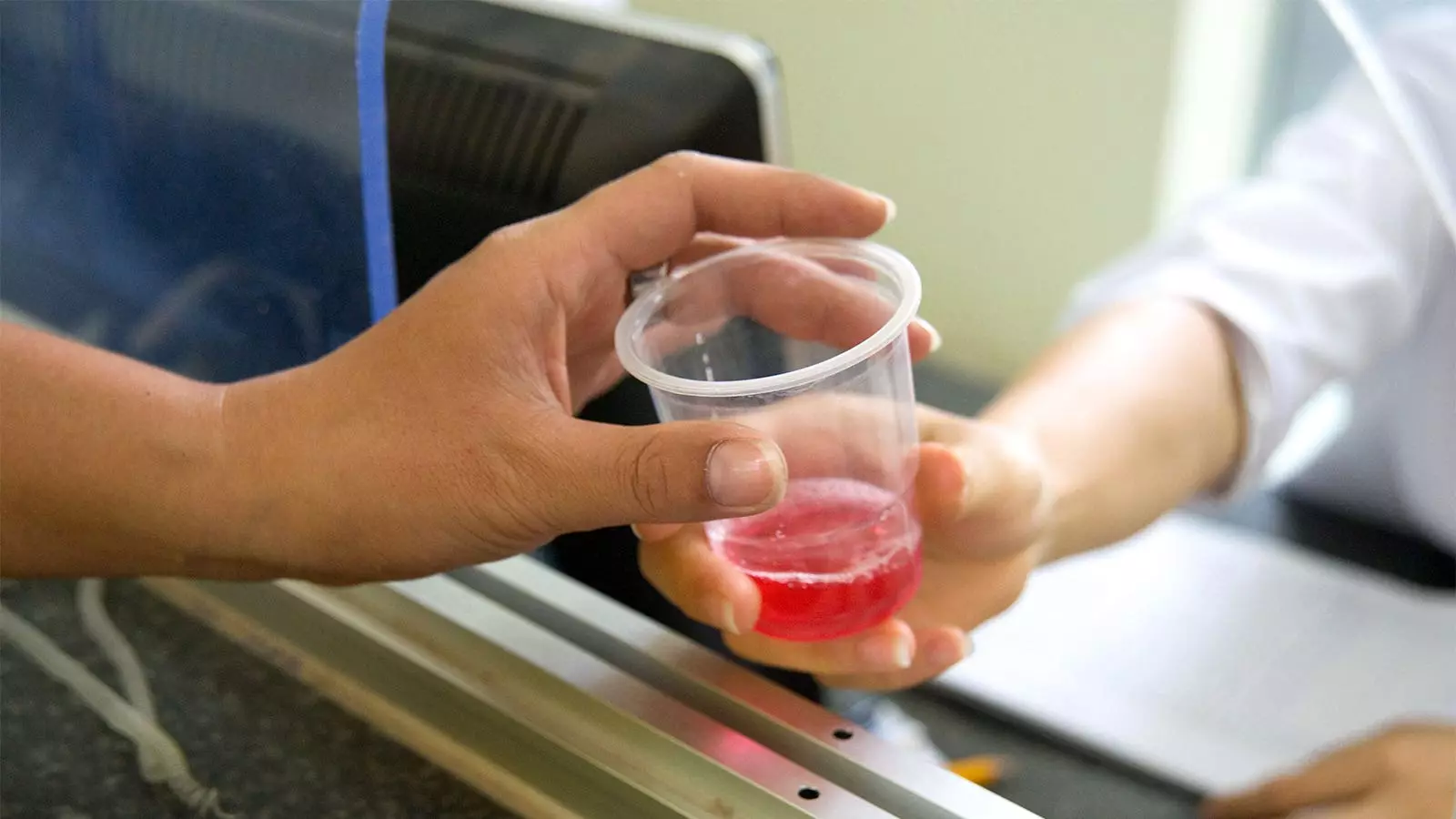The United States is facing an alarming crisis of opioid overdoses, with high-potency synthetic opioids like fentanyl and metonitazene wreaking havoc across the nation. Medication-assisted treatment (MAT) has proven to be a life-saving intervention for individuals with opioid use disorder (OUD), offering unmatched success in patient outcomes. MAT typically involves treatment with FDA approved medications, such as methadone or buprenorphine, coupled with counseling or behavioral health support.
However, the proposed Modernizing Opioid Treatment Access Act (MOTAA) raises concerns about exacerbating the crisis rather than effectively addressing it. This article aims to critically analyze the potential risks associated with MOTAA and the dismissal of decades of data supporting the efficacy of MAT programs.
Challenging the Safety Guardrails of MAT
MOTAA seeks to eliminate the requirement for MAT’s safety guardrails by allowing doctors to prescribe methadone outside of highly structured opioid treatment program (OTP) clinics. As an addiction specialist working in an office-based opioid treatment center, I witness the damaging effects of fentanyl addiction on patients every day. While increasing access to treatment is a pressing need, the approach proposed by MOTAA is unlikely to effectively address this evolving epidemic and may compromise patient and public safety.
The misuse of high-potency synthetic opioids necessitates the highly structured OTP approach to methadone treatment. Patients addicted to these dangerous opioids often require more time and higher dosing levels, making it challenging to reach a therapeutic dose quickly and safely. Methadone induction for high-potency synthetic opioids typically extends beyond the usual 2-8 week period, sometimes taking up to 8-12 weeks. During the induction phase, patients may be more vulnerable to utilizing other substances, which can potentially be fatal.
Methadone itself presents unique risks due to its long-acting nature, with a half-life of 24 to 36 hours. Accumulation of methadone can lead to delayed toxicity, particularly when stacked doses cause patients to become unconscious and potentially never wake up. Close monitoring of patient tolerance, appropriate dose adjustments, regular engagement, and careful intake supervision are crucial during the induction and stabilization periods to mitigate the risks of relapse, overdose, and death.
Effective MAT requires close oversight and the provision of wraparound services to ensure safe recovery and long-term retention. Daily interactions between healthcare providers and patients are essential to titrate the optimal medication dose and prevent relapse. These interactions also enable the delivery of vital wraparound services, including counseling, case management, peer support, and referrals to housing or job assistance.
Supporters of MOTAA argue that broad deregulation of methadone would outweigh the risks by enabling private practice physicians to prescribe it. However, I firmly disagree. Methadone, when misused without supervision and wraparound services, can lead to overdose and death. Independent reports from the Substance Abuse and Mental Health Services Administration (SAMHSA) and other federal agencies have consistently highlighted the dangers of methadone prescriptions obtained in a physician’s office, which have contributed to increased overdose deaths.
Furthermore, the notion that this broad deregulation will significantly improve access to treatment is questionable. Many doctors remain hesitant to prescribe buprenorphine, even after the elimination of X-waiver requirements, which were previously cited as barriers to treatment. Patients also face challenges in filling buprenorphine prescriptions at local pharmacies. Given that methadone is significantly more potent than buprenorphine, it is uncertain whether doctors outside regulated OTPs would prescribe it, and whether pharmacies would carry it.
While expanding access to methadone treatment is crucial, it is important to examine potential pitfalls associated with MOTAA. Instead of implementing large-scale legislative changes without a strong evidence base, policymakers should consider studying innovative delivery models through pilot programs. Collaboration between organizations such as SAMHSA and the National Institute on Drug Abuse can help explore more effective ways to expand access to evidence-based MAT while ensuring patient and community safety.
Promoting innovative partnerships between OTPs and federally qualified health centers can enhance access to methadone treatment, especially for rural areas with limited resources. Additionally, increased federal investment in OTP mobile clinics can address the needs of underserved communities. The Biden administration’s commitment to reducing regulatory barriers and Medicare coverage for OTP services is a step in the right direction.
Addressing the devastating impact of opioid overdoses requires a comprehensive approach that prioritizes evidence-based solutions like MAT. While the intentions behind MOTAA may be well-meaning, the potential pitfalls and risks associated with the proposed legislation cannot be ignored. By critically analyzing the data and exploring more effective alternatives, we can work towards expanding access to treatment without compromising patient safety and community well-being.


Leave a Reply